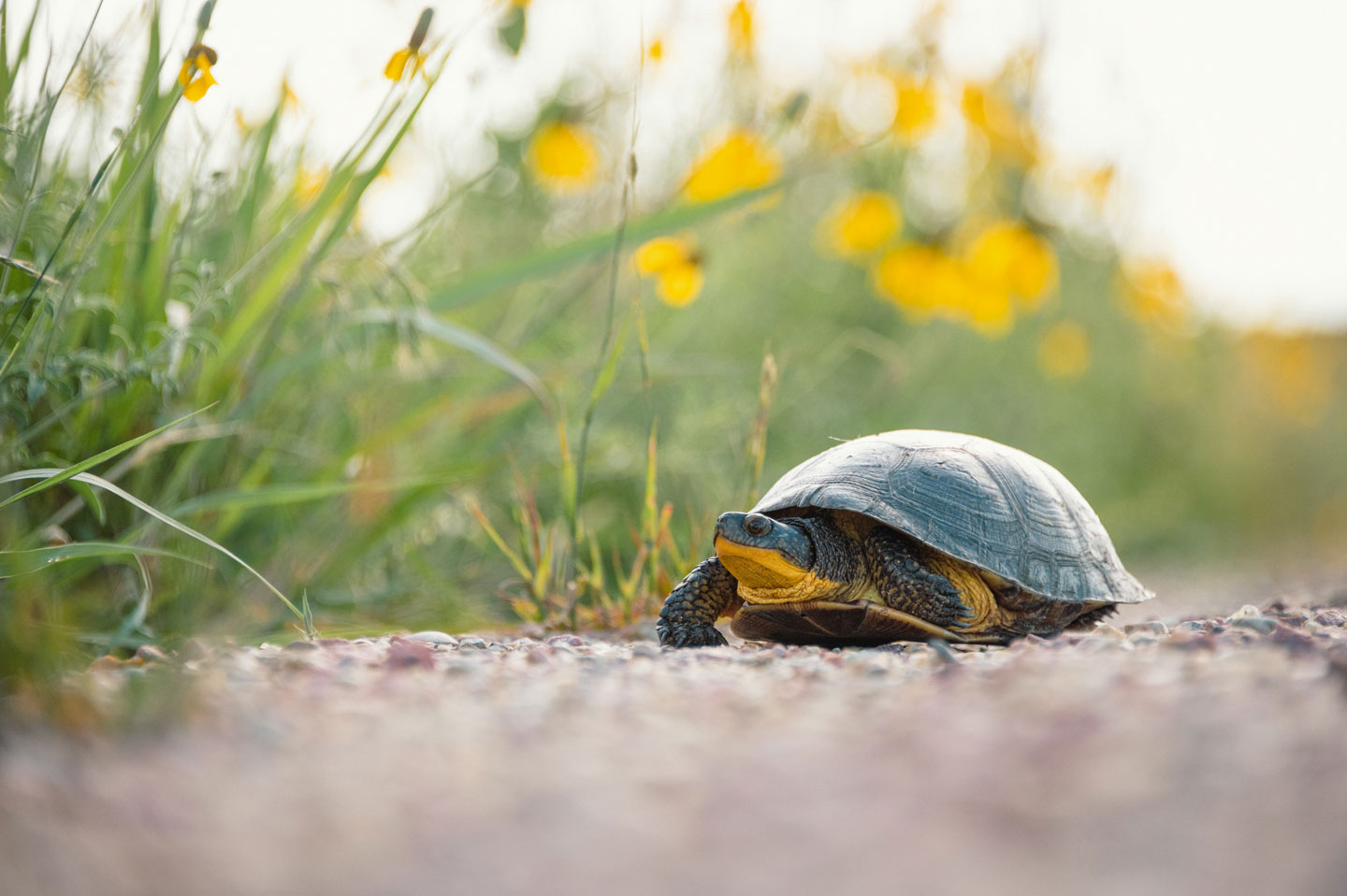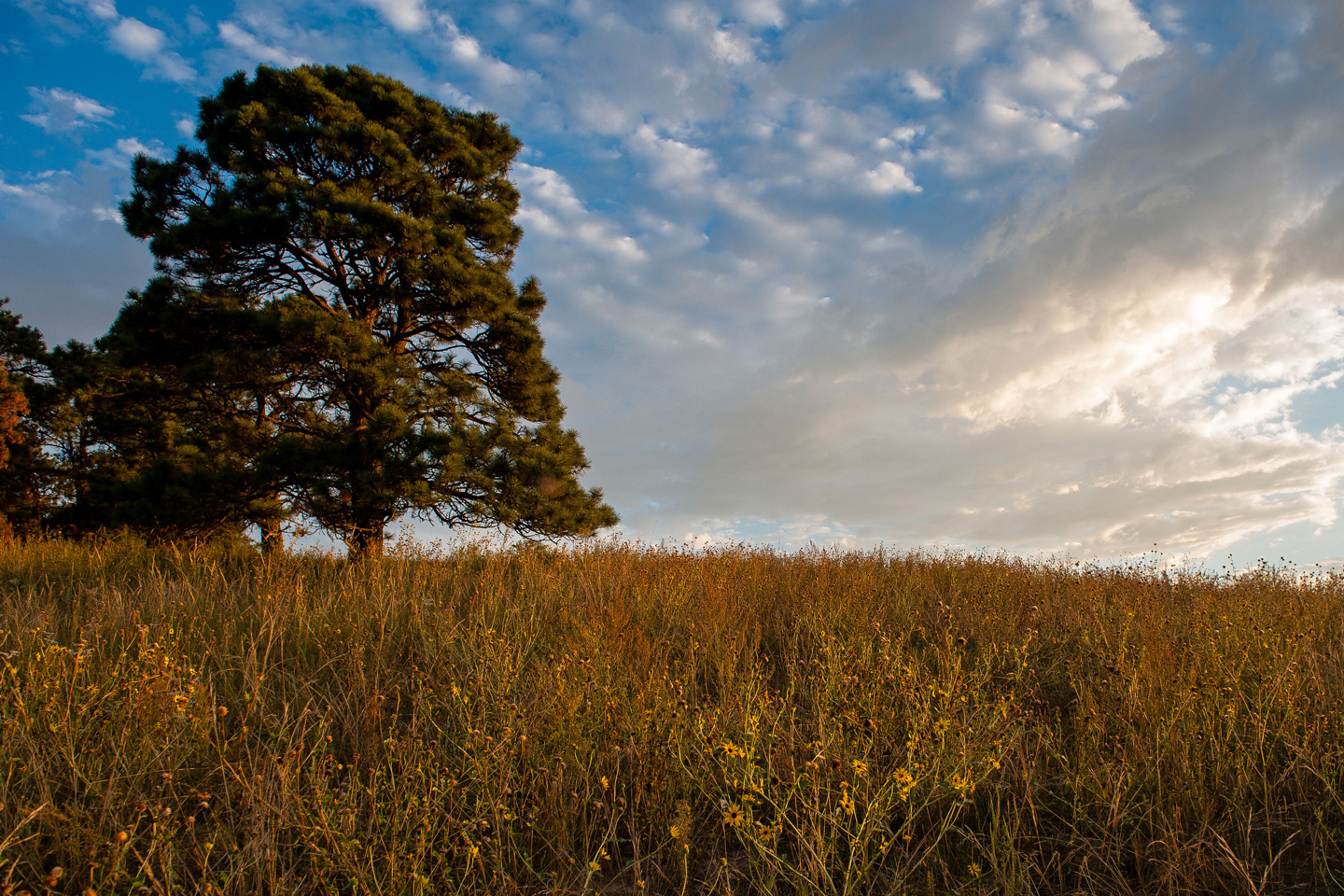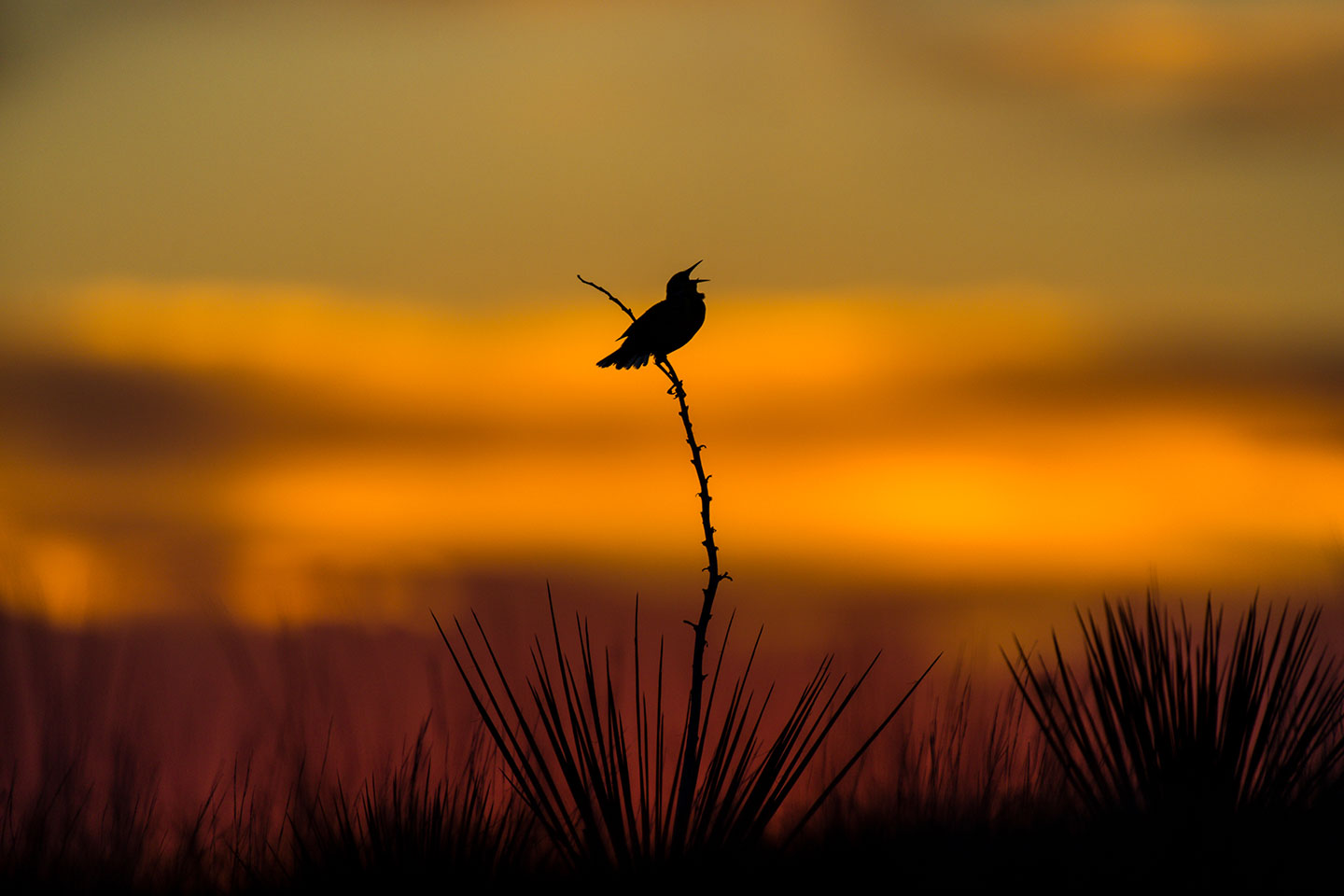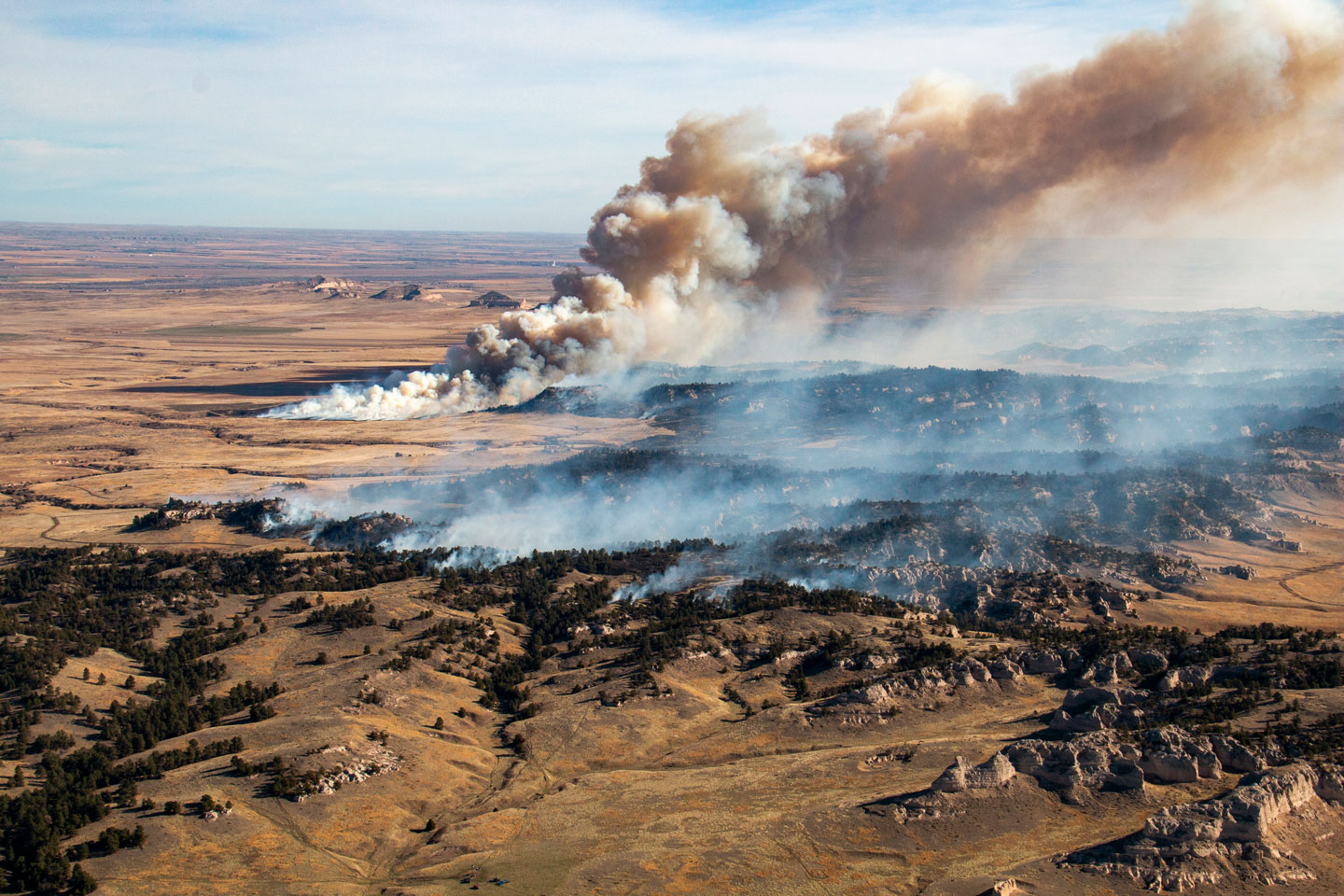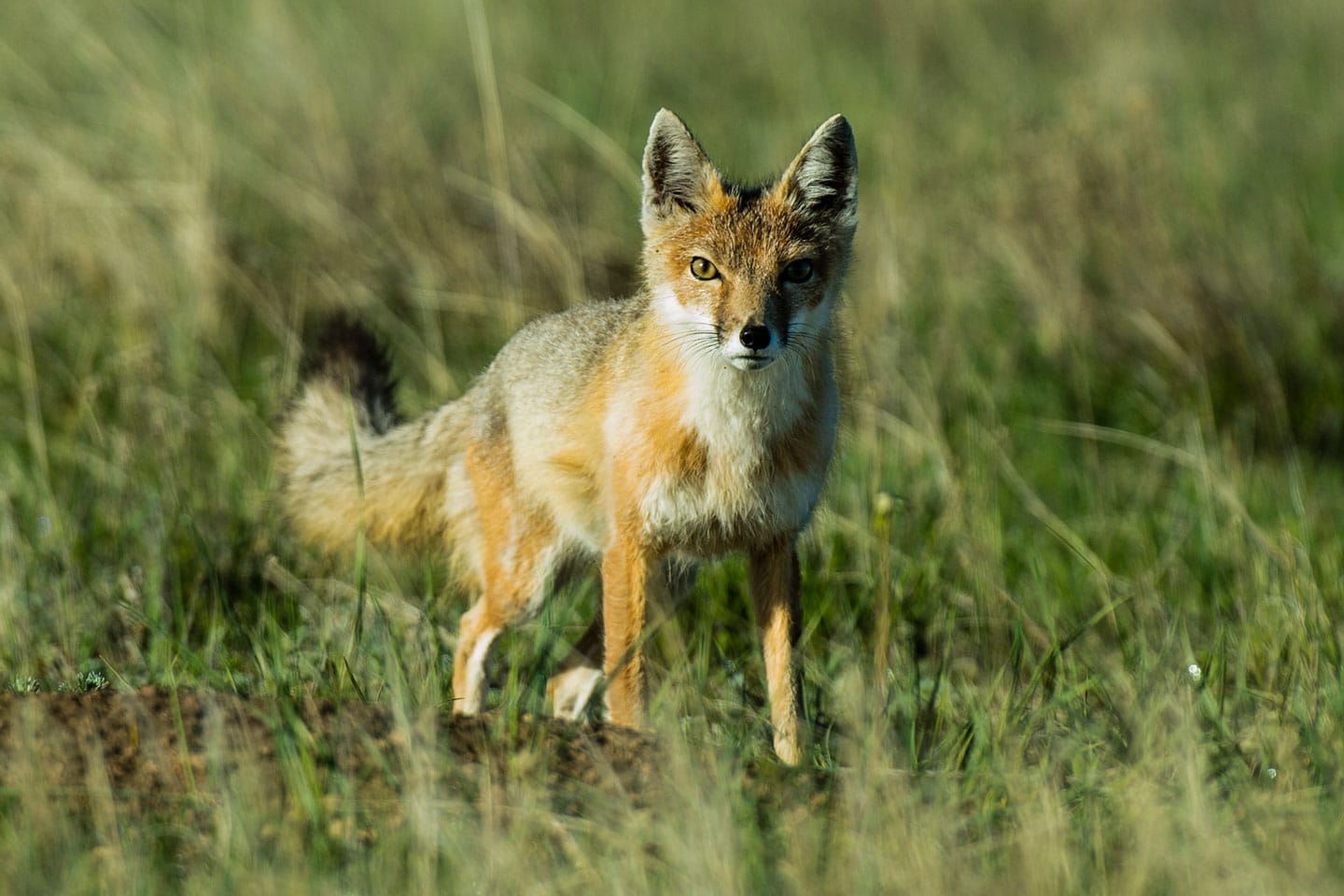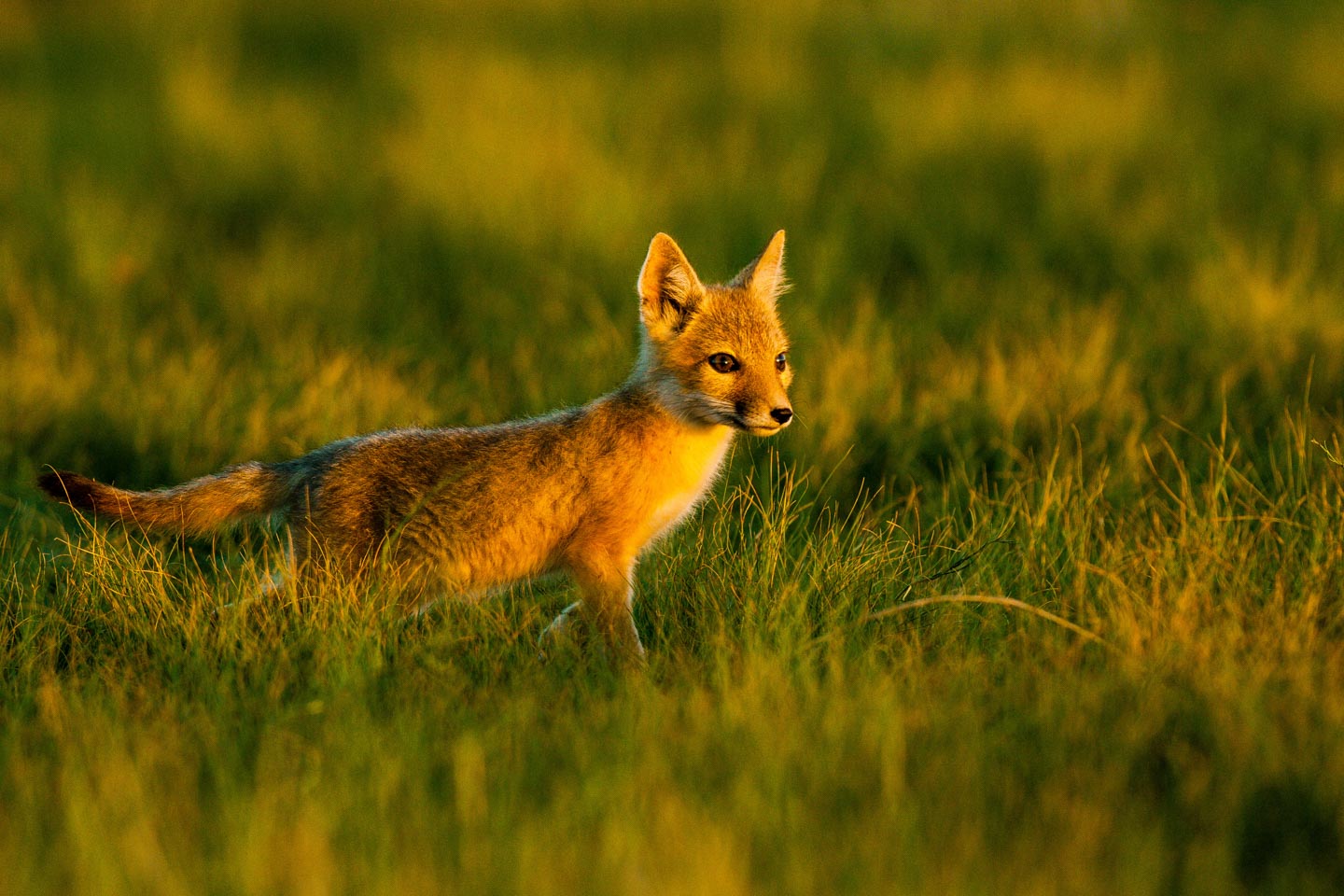Recovering America's Wildlife Act
The bipartisan Recovering America’s Wildlife Act was introduced in the U.S. House of Representatives by Jeff Fortenberry (R-NE) and Debbie Dingell (D-MI); and in the Senate by Martin Heinrich (D-NM) and Roy Blunt (R-MO). It is designed to prevent future threatened and endangered species listings, conserve the full diversity of wildlife, and improve our natural resources.
If passed, the act would invest in proactive, voluntary, incentive-based conservation to enhance our grasslands, combat invasive species, restore wetlands and improve our woodlands. These conservation measures would be funded using fines and penalties that have been assessed for environmental violations.
The Recovering America’s Wildlife Act is based on the belief that future generations should enjoy Nebraska’s wild animals and wild places. Unfortunately, threats to our fish, wildlife and their habitats exceed the resources available to conserve them.
Nebraska has 119 species considered at risk of extinction globally or nationally. Nationally, approximately 12,000 at-risk species are identified. Once a species declines to the point of being listed, it is very difficult, expensive and contentious to recover. Existing federal funding was never designed to meet the needs of all species, particularly those declining but not yet threatened. The Recovering America’s Wildlife Act, if passed, would allow us to protect those species.
Frequently asked questions
If passed, the Recovering America’s Wildlife Act would invest in proactive, voluntary, incentive-based conservation programs to enhance our grasslands, combat invasive species, restore wetlands and improve our woodlands. Actions would be voluntary and incentive-based and would build on current success. In Nebraska, we have been implementing voluntary programs through the Nebraska Natural Legacy Project for over a decade. The act would increase capacity and options for landowners. Additionally, nature education opportunities for both youth and adults would be expanded and enhanced.
States are prepared to get to work; each state has a federally approved State Wildlife Action plan to strategically and efficiently help recover wildlife. These plans would serve as the guide in each state. You can learn more about Nebraska’s state wildlife plan, the Nebraska Natural Legacy Project, at the link below.
Conservation measures outlined in the Recovering America’s Wildlife Act would be funded using income from fines and penalties that are assessed for environmental violations and damages. On average, the U.S. Treasury receives over one billion dollars per year from these fees and penalties. Recovering America’s Wildlife Act will direct the funds toward wildlife conservation when they are not already targeted for existing environmental funds.
Yes. Funds will be used to restore and create quality habitats – and all species will benefit. Additionally, hunters, anglers and those seeking other outdoor recreation would benefit from increased access and opportunities.
All habitat programs that would be funded as a result of the act becoming law would be voluntary and incentive-based and would build on current success. In Nebraska, we have been implementing voluntary programs through the Nebraska Natural Legacy Project for more than a decade. The act would increase capacity and options for landowners. Eminent domain would not be used.
Additionally, the act is designed to proactively prevent threatened and endangered species listings, which prevents a regulatory burden on landowners.
Funds would support nature education in schools. Additionally, the act would help support and expand community science projects, would add naturalists, and would provide training to educators.
How would Nebraska benefit?
Nebraska would expand habitat restoration work with private landowners across the state. Work would be targeted in Biologically Unique Landscapes. Specific examples include:
- Restoring wetlands that benefit shorebirds, amphibians and waterfowl. The Nebraska Game and Parks Commission has worked collaboratively with Ducks Unlimited to improve wetlands, but with these funding sources, we would be able to restore many more.
- In the Loess Canyons Biologically Unique Landscape, biologists are working side-by-side with Quail Forever and the Loess Canyons Rangeland Alliance to conduct prescribed burns to remove cedar trees and restore the grasslands. These efforts would be duplicated elsewhere.
- Game and Parks staff would work with local and regional zoos to continue to propagate Salt Creek Tiger Beetle young for reintroduction in order to recover the species.
- Game and Parks and partner organizations would work with communities and individuals residing in urban areas to enhance existing greenspace to benefit monarch butterflies, bumblebees, and other pollinators.
- Nature centers and education facilities would be built across Nebraska for the local community and tourism enjoyment.
- Trails for multiple uses would be developed for public recreation.

